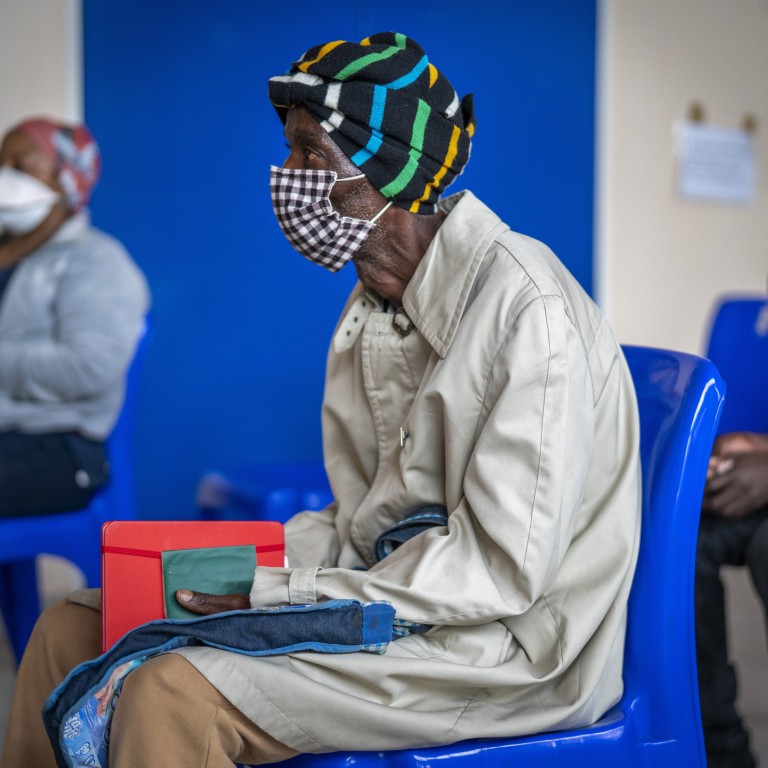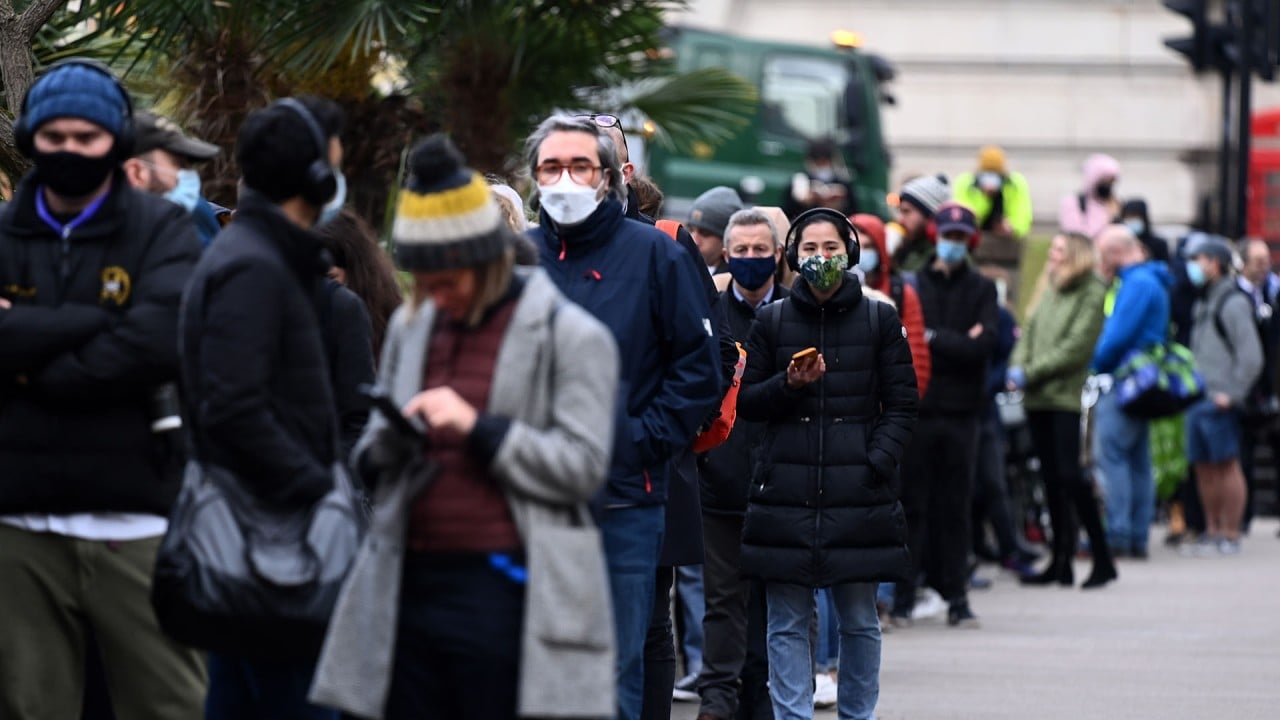
Covax chief warns against replay of Covid-19 vaccine nationalism in 2022
- Head of a distribution facility says rich countries should avoid monopolising supplies of any shots for new variants
- Covax keeping close eye on Omicron variant and impact on vaccines
“Right now, we need to avoid a type of scenario which would be ‘Vaccine nationalism 2.0’,” said Aurélia Nguyen, managing director of the Covax Facility, a partnership between the World Health Organization, the Coalition for Epidemic Preparedness Innovations (CEPI), and GAVI, the Vaccine Alliance.
It is one reason the Covax facility – launched in 2020 to help the most vulnerable populations in all countries to get vaccinated at the same time – has struggled to meet its promises and left poor countries scrambling for doses for months.
Now, as more supplies to the facility come online, Covax officials are tracking emerging data on the new and highly mutated Omicron variant.
Early signs indicate the variant might reduce vaccine protection, prompting concerns that the existing vaccines or their courses need to be revised. While it is not clear this will be needed, such changes could affect Covax’s plans to deliver hundreds of millions of doses in the coming months.
“From our perspective, what’s most important is that as and when we see that there would be an Omicron-adapted vaccine, we are able to switch our supply onto the new vaccine very rapidly, at least as rapidly as other countries who have bilateral contracts with the manufacturers,” Nguyen said.
She said Covax’s existing contracts with vaccine manufacturers granted access to variant-specific versions of most of the vaccines in their portfolio – if they are needed. But it would be critical to prevent a “replay” of earlier issues that hampered Covax getting doses to needy countries.
“We are reliant on countries remaining committed … to making sure that vaccines can be available at the same time globally. We are reliant on manufacturers being transparent and being fair in how they use the supply that they have,” she said.
“We need to avoid a type of scenario … where you have rich countries that tie up the supplies of a new [variant-adapted] vaccine.”
Pfizer jab prevents 70 per cent Omicron hospitalisation in real-world study
As of late November, more than 80 per cent of the world’s vaccines had gone to wealthy Group of 20 countries, while low-income countries had received just 0.6 per cent of all doses, according to the WHO.
Many of these countries were also left waiting for doses as Covax struggled to meet its own targets. About half of the vaccine supplies for over 90 lower and middle-income countries come from the facility.
So far, Covax has delivered 693 million vaccines, and expects to hit between 800 million and 1 billion by the end of the year. But even those figures, if reached, would be half of the original 2 billion target.
China can learn from the West about mRNA vaccines: Zhong Nanshan
Covax was held back at first by the time it took to raise funds before it could cut deals with manufacturers, pushing it back in line, and then by delays as countries who bought up excess doses and waited to share them, according to Nguyen.
Export controls in India, where a key producer for Covax is located, also limited early supplies.
Critics said the facility should have known better than to lean too heavily on a single manufacturer and expect wealthy countries not to prioritise their own people.
Now, supply bottlenecks were easing with the relaxing of export controls, an influx of dose donations, and deliveries from manufacturers, Nguyen said. But it was essential to maintain “sustainable, regular supply” that in the coming year, come what may.
Nguyen said the focus next year would still be on ensuring that vaccines were rolled out as quickly as possible in countries where people lacked first doses.
“The most important thing that we can do right now is make sure we push on our current mission to get vaccines out as quickly as possible, in particular in countries with low coverage,” she said.
That mission would become more flexible in the coming year as the facility helped countries fulfil their own goals, be it rolling out boosters or expanding vaccination coverage into different age groups, in line with WHO recommendations.
It would also mean responding to the need for any need for variant-specific vaccines, maximising protection from existing products, and potentially expanding the pool of vaccines under contract to Covax.
But whether the facility would exercise options for further doses built into existing purchase arrangements, like those with Chinese inactivated vaccine makers Sinopharm and Sinovac Biotech, would depend on decisions made during monthly portfolio reviews, according to Nguyen.
How vaccines held up against Omicron was set to be front and centre of these ongoing reviews, she said.
“Right now we are very hungry for data on how the vaccines are performing against Omicron.”
But that did not change the main goal, she said.
“As long as we have large portions of the world’s population that remain unvaccinated, we are going to have variants and the pandemic will be prolonged. If it’s not Omicron then it will be the next variant of concern.”



